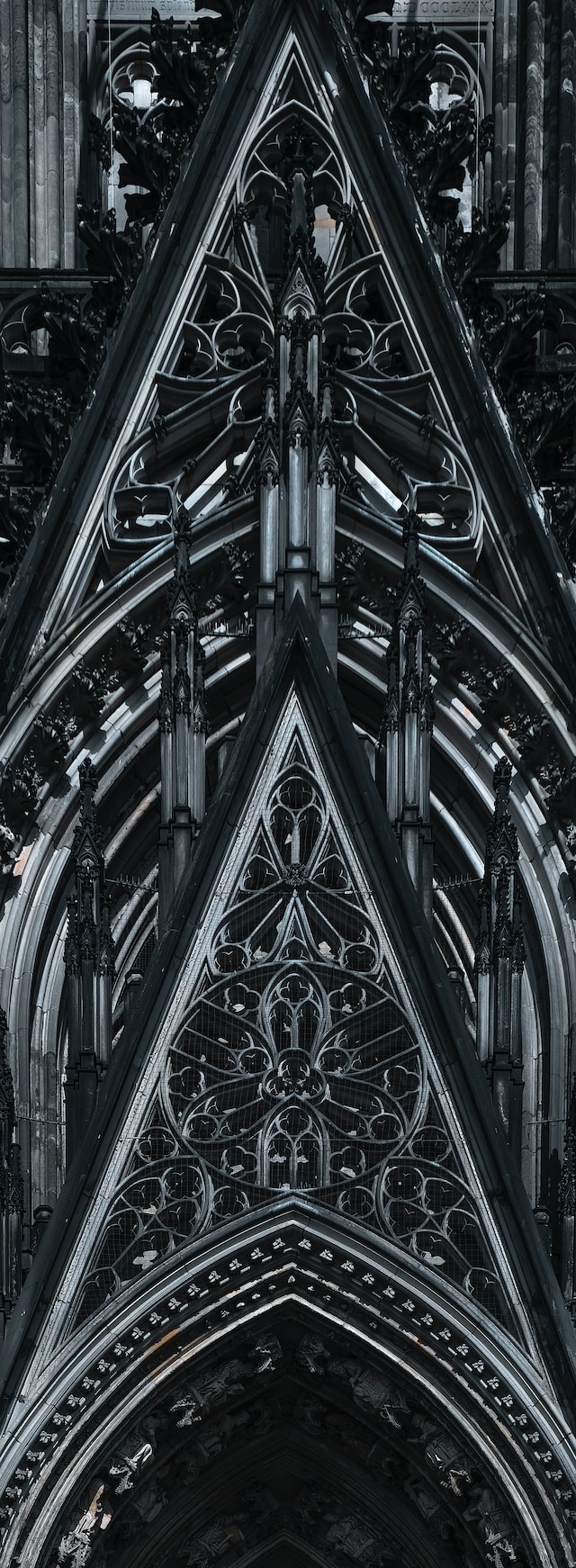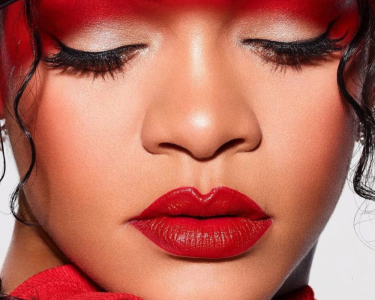For centuries, horror fiction has been a source of entertainment and fascination for many. From the eerie tales of Edgar Allan Poe to the cosmic horrors conjured by H.
P. Lovecraft, American Gothic writers have played an integral role in shaping this genre. These authors have created characters and stories that continue to haunt readers long after they’ve turned the final page. Join us as we explore how these writers have influenced horror fiction throughout history and what the future holds for this bone-chilling genre.
The Origins of American Gothic
The origins of American Gothic can be traced back to the late 18th century, a time when writers were exploring new forms of literature. This period saw the emergence of Romanticism, which emphasized emotion and individuality over logic and reason.
American Gothic was born from this movement and was characterized by its dark themes, supernatural elements, and brooding atmosphere. It explored human fears and anxieties in ways that had never been done before.
Early examples of American Gothic include Washington Irving’s “The Legend of Sleepy Hollow” (1820) and Nathaniel Hawthorne’s “The House of Seven Gables” (1851). Both works feature haunted houses, mysterious characters, and an overall sense of dread.
These tales soon became popular among readers who were drawn to their eerie quality. They paved the way for later writers like Edgar Allan Poe and H.
P. Lovecraft whose works would become synonymous with American Gothic horror fiction.
The Influence of Edgar Allan Poe
Edgar Allan Poe is often considered the father of American horror fiction. His works, such as “The Raven” and “The Tell-Tale Heart,” explored themes of madness and death that would go on to shape the genre for years to come.
One of Poe’s most significant contributions was his focus on psychological horror. Rather than relying solely on supernatural elements, he delved into the human psyche, creating characters who were tormented by their own thoughts and fears.
Poe also helped establish many of the tropes commonly associated with horror today. From haunted houses to creepy animals, his stories laid the foundation for generations of writers seeking to scare audiences.
But perhaps most importantly, Poe elevated horror from a mere form of entertainment to a legitimate art form. His writing was complex and nuanced, exploring deep philosophical questions about life and death that still resonate with readers today.
Edgar Allan Poe’s influence on American Gothic cannot be overstated. He set the stage for generations of writers who continue to explore themes ranging from terror to existentialism in their work.
The Influence of H.
P. Lovecraft
H.
P. Lovecraft is another crucial figure in American Gothic literature that has significantly influenced the horror genre. He was known for his vivid imagination and his ability to create terrifying creatures and otherworldly settings that left readers feeling uneasy.
Lovecraft’s writing style was unique, often utilizing complex language and a sense of dread that built slowly as the story progressed. His stories frequently explored themes of cosmic horror, touching on subjects like humanity’s insignificance in the grand scheme of things and the existence of ancient beings beyond human comprehension.
One of Lovecraft’s most famous works is “The Call of Cthulhu,” which introduced many elements that have become staples in horror fiction today, including cults worshipping dark gods and forbidden knowledge that drives people insane.
Lovecraft’s influence can be seen not only in subsequent horror writers but also across various media forms such as movies, TV shows, video games, music albums, etc. Many modern-day horror films rely on similar themes found within Lovecraft’s work: supernatural entities from unknown dimensions tormenting humans who stumble upon their existence or rituals involving them.
H.
P. Lovecraft has had an immeasurable impact on both American Gothic literature and the wider world of horror fiction as we know it today.
The New Gothic Writers
The Gothic genre has seen a resurgence in recent years, thanks to the works of new American Gothic writers. These authors have taken inspiration from their predecessors while adding their own unique spin on horror fiction.
One such writer is Carmen Maria Machado, whose debut collection “Her Body and Other Parties” explores feminist themes through a blend of horror and magical realism. Her stories are both unsettling and thought-provoking, challenging traditional gender roles within the genre.
Another rising star in American Gothic is Victor LaValle, who has been praised for his ability to combine supernatural elements with social commentary. His novel “The Changeling” delves into issues of race and identity while still delivering plenty of scares.
Paul Tremblay is another author making waves in the world of horror fiction. His novel “A Head Full of Ghosts” explores mental illness through the lens of possession and exorcism. Tremblay’s writing style is both literary and haunting, leaving readers questioning what’s real until the very end.
These new American Gothic writers prove that there’s still room for innovation within the genre. By pushing boundaries and exploring important social issues through horror fiction, they’re keeping this timeless tradition alive for generations to come.
The Future of Horror Fiction
As we move forward into the future, horror fiction continues to evolve and captivate readers with its terrifying tales. With new technologies, changing societal fears, and an ever-expanding pool of diverse voices in the genre, it’s clear that American Gothic writers have left a lasting legacy on horror fiction.
From Poe’s exploration of psychological terror to Lovecraft’s cosmic horrors, these writers set the stage for modern-day horror authors to continue pushing boundaries and challenging readers’ perceptions of fear. And while we can never predict exactly what the future holds for this genre, one thing is certain: American Gothic will always be at its core.
So let us embrace the darkness and delve deeper into this haunting world crafted by some of America’s greatest literary minds. Who knows what spine-tingling stories await?




